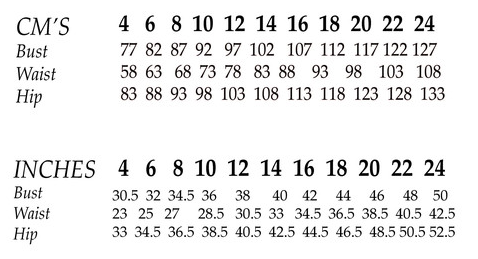How to calculate portfolio variance

In the world of finance and investment, understanding and managing risk is crucial to success. One way to assess risk is by calculating the variance of a portfolio. In this article, we will break down the process of calculating portfolio variance and help you gain valuable insights into your investments.
What is Portfolio Variance?
Portfolio variance is a measure of how the returns of the assets within a portfolio are dispersed from their average value. It indicates the level of risk associated with an investment portfolio, taking into consideration how each asset’s returns relate to one another. A high variance suggests that the assets within a portfolio are more volatile and have less predictable returns, while a low variance indicates that the assets are more stable and have more predictable returns.
Steps to Calculate Portfolio Variance:
1. Gather Data: First, you’ll need historical data on the returns of each asset in your portfolio. You can obtain this information through financial platforms or websites that provide historical return data for stocks, bonds, and other investment assets.
2. Calculate Asset Weights: To calculate the proportions (weights) of each asset in your portfolio, divide the dollar value of each asset by the total market value of your entire portfolio.
3. Calculate Asset Returns: Calculate the average historical returns for each asset in your portfolio. This can be done using annual or monthly return data.
4. Calculate Covariance Matrix: The covariance matrix outlines how each asset’s returns correlate with one another over time. Use historical return data to calculate the covariance between each pair of assets in your portfolio.
5. Compute Portfolio Variance: Finally, multiply each weight by its corresponding covariance values, then sum up all these values to find your overall portfolio variance.
Formula:
Portfolio Variance = ∑(Weight_i * Weight_j * Covariance_ij)
Where:
∑ denotes summation
Weight_i represents the weight of asset i in the portfolio
Weight_j represents the weight of asset j in the portfolio
Covariance_ij refers to the covariance between asset i and asset j
Example:
Consider a two-asset portfolio:
Asset A: Market value = $10,000, represents 40% of the portfolio (weight = 0.4)
Asset B: Market value = $15,000, represents 60% of the portfolio (weight = 0.6)
Suppose Covariance(A,B) = 0.0025
Using the formula, we have:
Portfolio Variance = (0.4 * 0.4 * 0.0025) + (0.6 * 0.6 * 0.0025) + (2 * 0.4 * 0.6 * 0.0025)
Portfolio Variance = 0.0016
A higher number for Portfolio Variance indicates a greater level of risk associated with the overall investment.
Conclusion:
Understanding and calculating portfolio variance is an essential skill for investors looking to manage risk and optimize their investment strategies. By following these steps and using the provided formula, you can gain valuable insights into your portfolio’s performance and make better-informed decisions about your investments. Always remember, analyzing risk is a crucial aspect of successful investing, and regularly monitoring your portfolio’s variance can help you achieve your financial goals more effectively.






